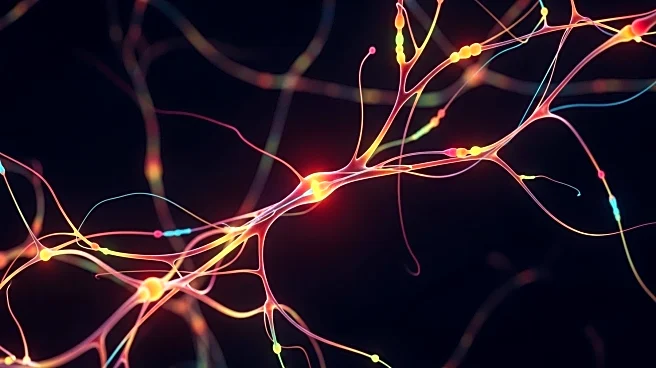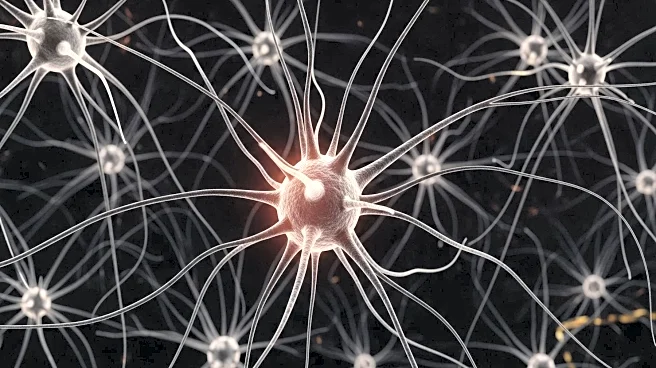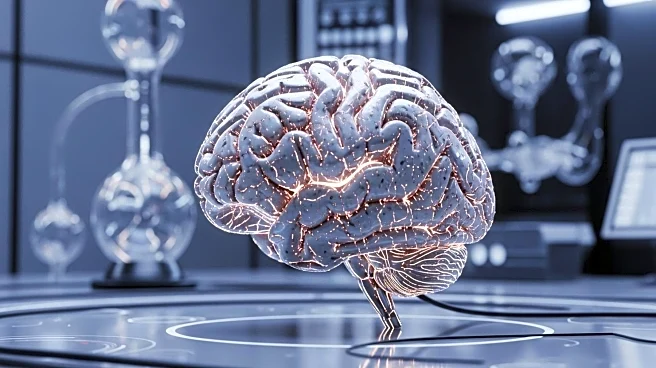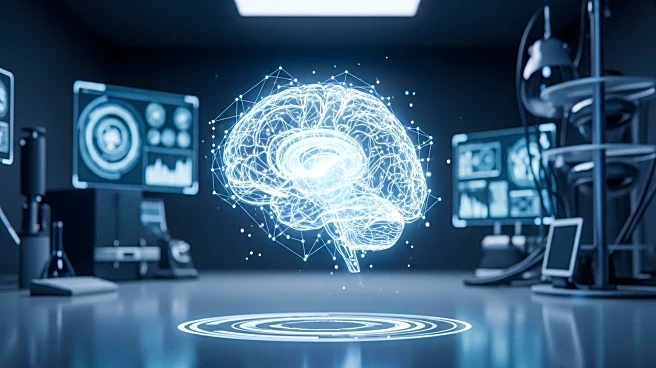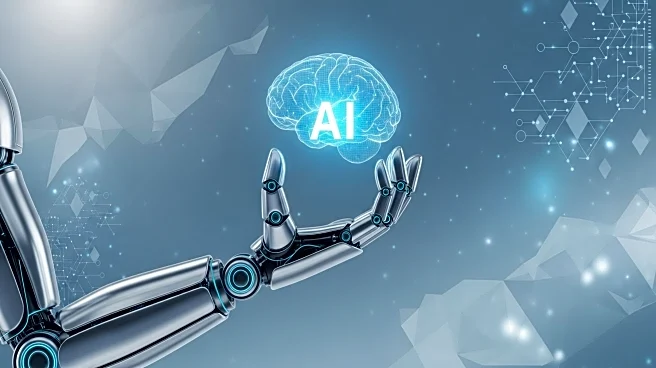What's Happening?
Neuroscientists, led by Dr. Eric Drebitz and Andreas Kreiter, have demonstrated for the first time that the precise timing of nerve signals is essential for how the brain processes information. This discovery, published in Nature Communications, reveals that nerve cells operate in rapid cycles of activity and receptivity, with signals needing to arrive during a peak phase to influence neuron behavior. The study involved rhesus monkeys performing visual tasks, where artificially triggered signals affected their performance only when timed correctly. This research provides insights into the brain's mechanism for prioritizing relevant information, which is crucial for survival and quick reactions.
Why It's Important?
The findings have significant implications for understanding brain function and developing treatments for neurological conditions like Alzheimer's and ADHD, which involve issues with selective information processing. Additionally, this research could enhance brain-computer interfaces and artificial intelligence by applying the principles of precise timing in information processing. By understanding how the brain prioritizes signals, scientists can create more accurate models for perception, learning, and behavior, potentially leading to advancements in medical and technological fields.
What's Next?
Future research may focus on applying these findings to improve brain-computer interfaces and AI systems, ensuring they can reliably communicate with the brain by timing information input accurately. There is also potential for developing therapies targeting the timing of nerve signals to treat conditions like Alzheimer's and ADHD. As the understanding of these mechanisms deepens, it could lead to breakthroughs in both neuroscience and technology.
Beyond the Headlines
This discovery highlights the intricate nature of brain function and the importance of timing in neural processes. It opens up ethical discussions on the use of brain-computer interfaces and AI, particularly concerning privacy and the extent of human-machine integration. Long-term, this research could shift how we approach neurological disorders and the development of cognitive technologies.
